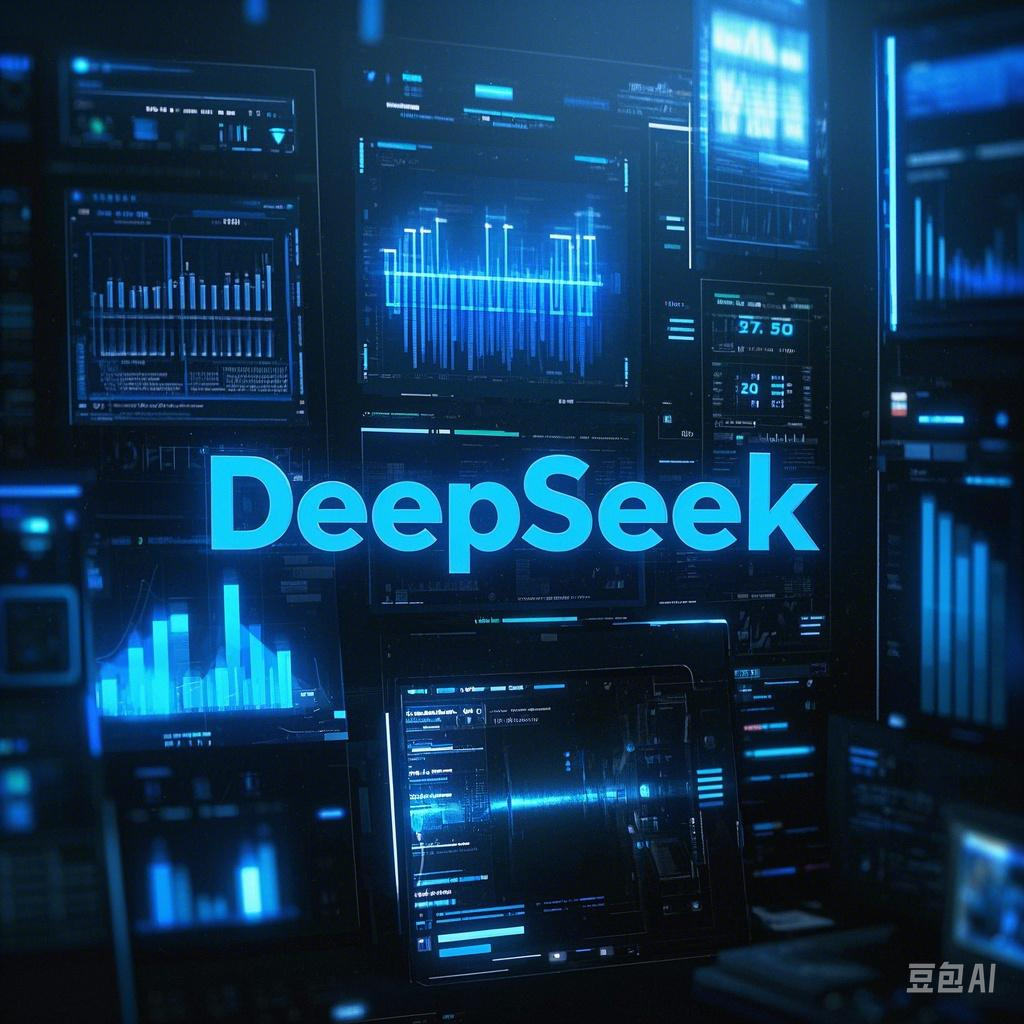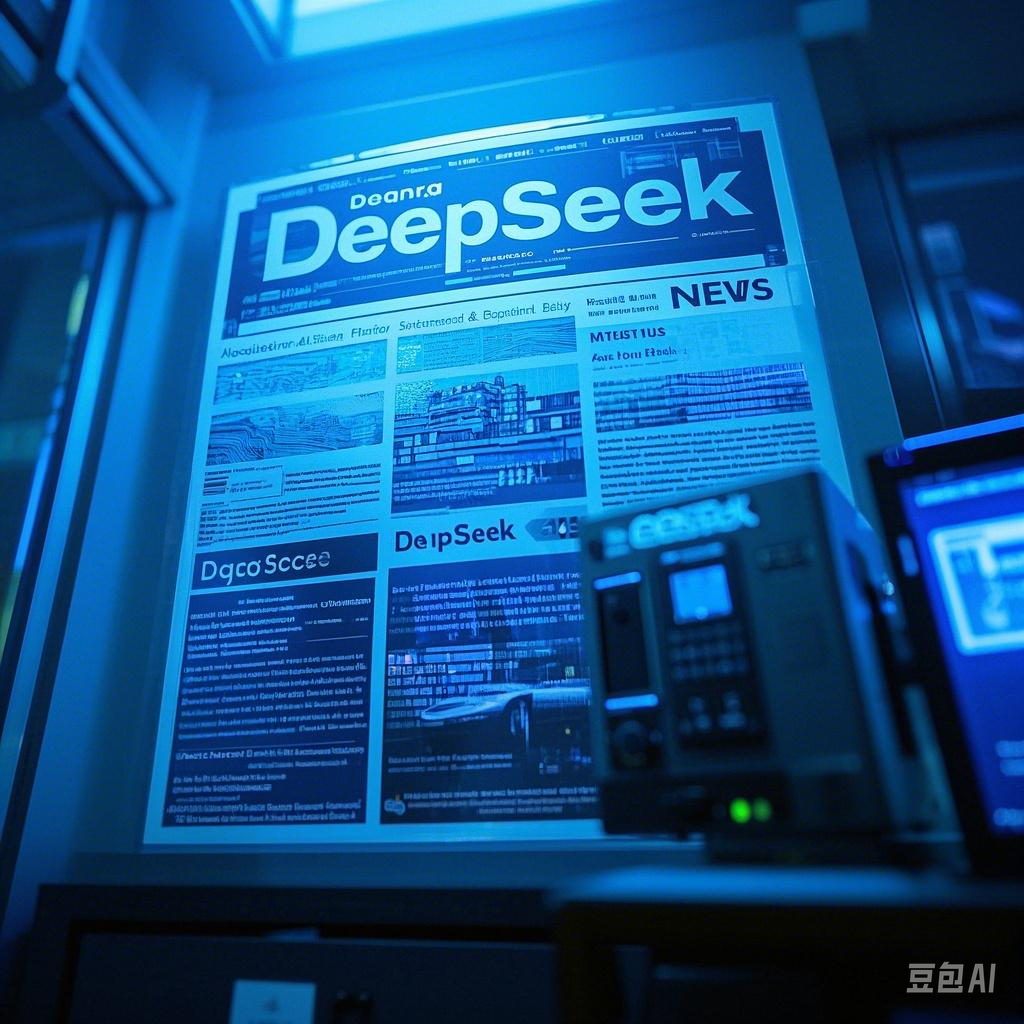In the fast – paced realm of technology, a new storm has been brewing, and its name is DeepSeek. This Chinese startup has not just entered the arena; it has stormed in like a Category 5 hurricane, uprooting the very foundations of the artificial intelligence (AI) landscape.
The moment DeepSeek made its grand entrance, the tech world was sent into a tailspin. Its open – source approach, a radical departure from the closed – door policies of many of its US – based counterparts, was like a thunderbolt out of the blue. It was as if a dam had burst, unleashing a flood of possibilities. Suddenly, developers and researchers from every corner of the globe, who had been stifled by the proprietary models of companies like OpenAI, found themselves in a vast, open ocean of opportunities.
The web – based chat interface and mobile app of DeepSeek, offered free of charge, were not just tools; they were game – changers of epic proportions. It was as if DeepSeek had thrown open the gates of a high – tech fortress, inviting everyone in, regardless of their financial status. In contrast, OpenAI, with its monthly fees, seemed like a medieval lord, guarding its treasures jealously. This move by DeepSeek democratized AI, making it accessible to the masses. It was as if a technology that was once the exclusive plaything of the rich and powerful was now in the hands of every Tom, Dick, and Harry.
Then came the real bombshell – the release of two large language models. These models were not just good; they were earth – shattering. They rivaled the performance of the dominant tools developed by the tech behemoths of the United States, yet they were developed at a fraction of the cost and with far less computing power. It was as if DeepSeek had built a super – high – speed train using a fraction of the resources that others thought were necessary. This achievement was a direct challenge to the long – held belief that creating leading – edge AI models required a mountain of money and a data center the size of a small city.
The DeepSeek – R1, the open – source “reasoning” model released on January 20, was a prime example. Employing a “chain of thought” approach similar to OpenAI’s most advanced large language model o1, it was like a young, up – and – coming boxer knocking out a seasoned champion. Meta’s chief AI scientist Yann LeCun even had to admit in a recent Threads post that open – source models were now leaving proprietary ones in the dust. This was a clear sign that DeepSeek was not just another player in the game; it was a game – changer, rewriting the rules as it went along.
The impact of DeepSeek’s success was felt far and wide, like the shockwaves from a massive earthquake. In just a few short days after its release, the DeepSeek AI assistant mobile app shot to the top of Apple’s App Store charts, leaving OpenAI’s ChatGPT mobile app in the dust. It was as if a rookie sprinter had left the world – record – holding Olympian gasping for breath. This feat was not just a victory for DeepSeek; it was a wake – up call for the entire tech industry.
Silicon Valley, the traditional hub of technological innovation, was left reeling. Tech investors, who had been comfortably betting on the established players, suddenly found themselves in a state of panic. It was as if a once – stable stock market had crashed overnight. Wall Street, too, took notice. Analysts who had been predicting the steady rise of certain AI stocks were now scratching their heads, trying to make sense of this new, unexpected turn of events. And in Washington, policymakers were scrambling to understand the implications of this new player in the global AI race. It was as if a new superpower had emerged on the world stage, challenging the existing order.
However, DeepSeek’s rise has not been without its challenges. The open – source nature of its models, while a boon for innovation, has also raised concerns about security and privacy. It was like building a city with open gates, inviting both good and bad elements in. There have been reports of fake apps and websites mimicking DeepSeek, preying on unsuspecting users. But these challenges are mere speed bumps on the highway of DeepSeek’s progress.
The future for DeepSeek is brighter than a thousand suns. The company is investing heavily in research and development, with plans to expand its product offerings and global reach. It is like a rocket ship, ready to blast off into the unknown, exploring new frontiers of AI. With its unwavering commitment to open – source and innovation, DeepSeek is set to continue its rampage through the tech world, leaving a trail of disruption and transformation in its wake.

In conclusion, DeepSeek’s emergence is not just a story of a successful startup; it is a revolution. It is a force to be reckoned with, a tidal wave that is sweeping away the old and making way for the new. As we watch this tech juggernaut continue to grow and evolve, one thing is certain – the world of technology will never be the same again.

